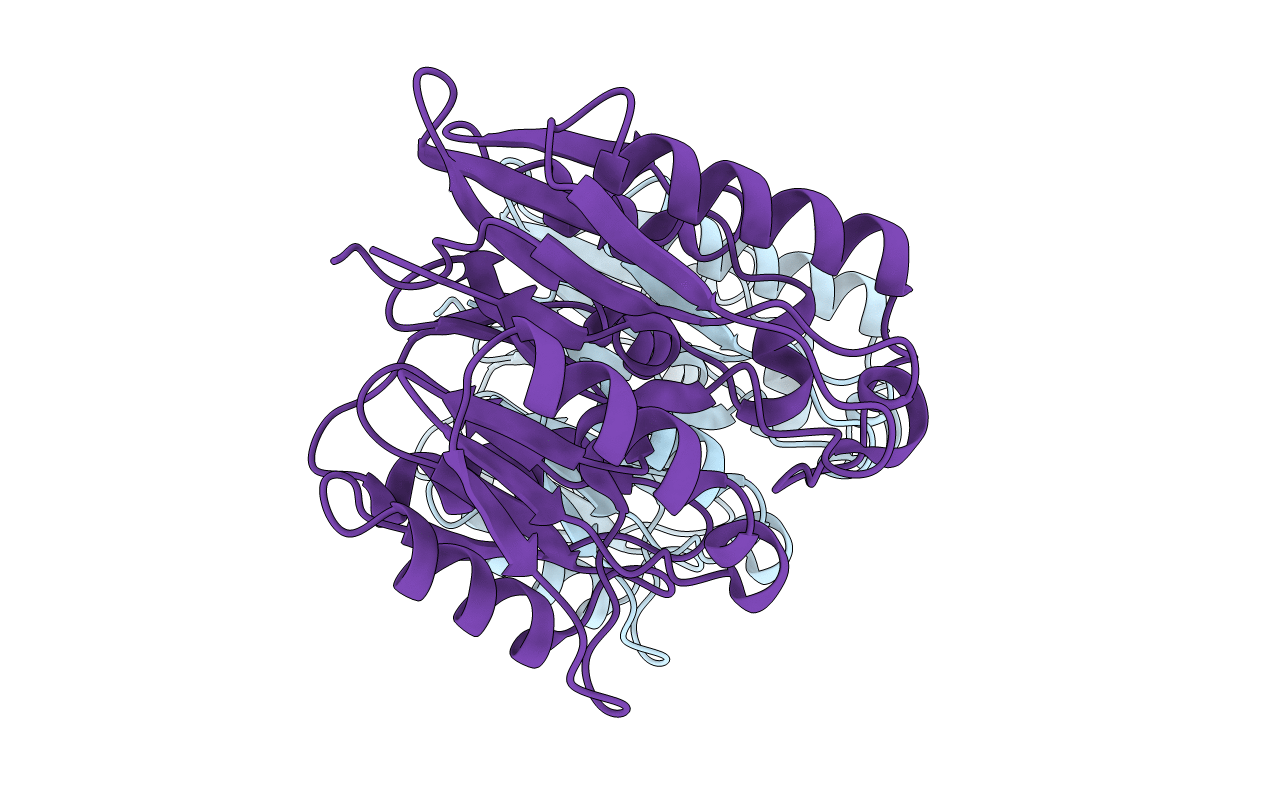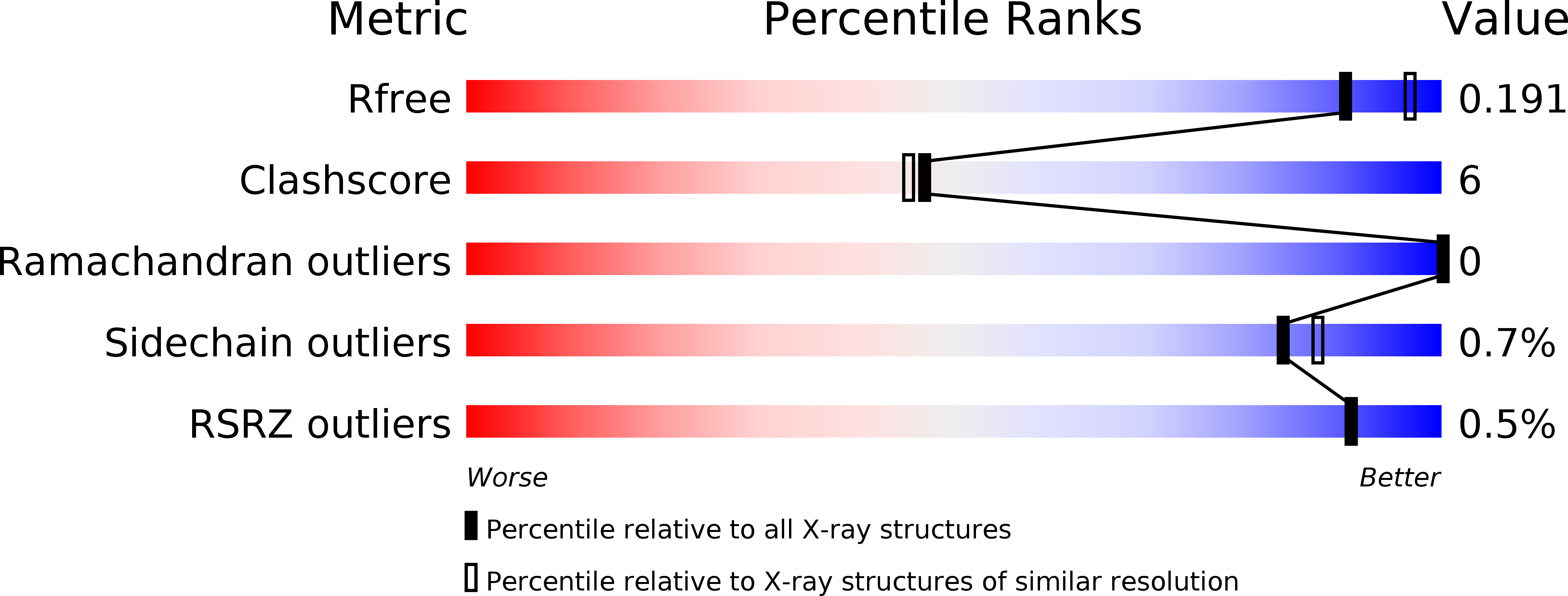
Deposition Date
2009-06-29
Release Date
2009-08-25
Last Version Date
2023-09-06
Entry Detail
PDB ID:
3I2E
Keywords:
Title:
Crystal structure of human dimethylarginine dymethylaminohydrolase-1 (DDAH-1)
Biological Source:
Source Organism:
Homo sapiens (Taxon ID: 9606)
Host Organism:
Method Details:
Experimental Method:
Resolution:
2.03 Å
R-Value Free:
0.22
R-Value Work:
0.18
Space Group:
P 1 21 1


